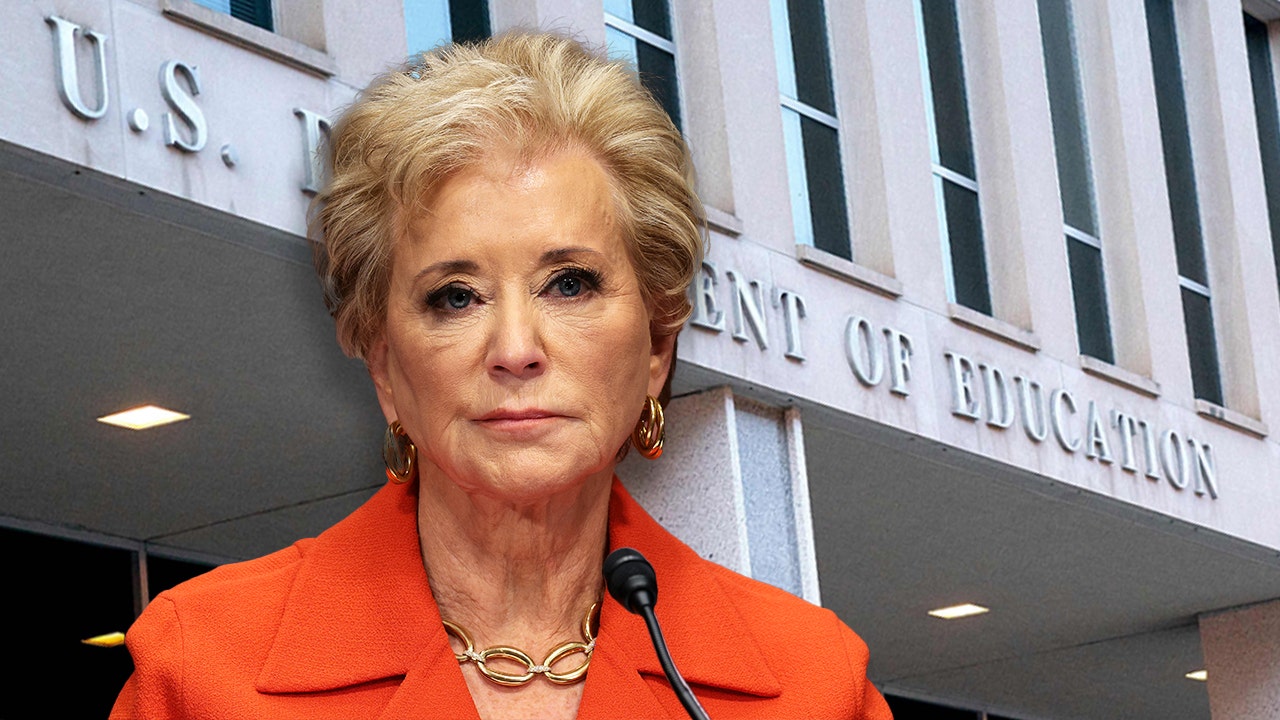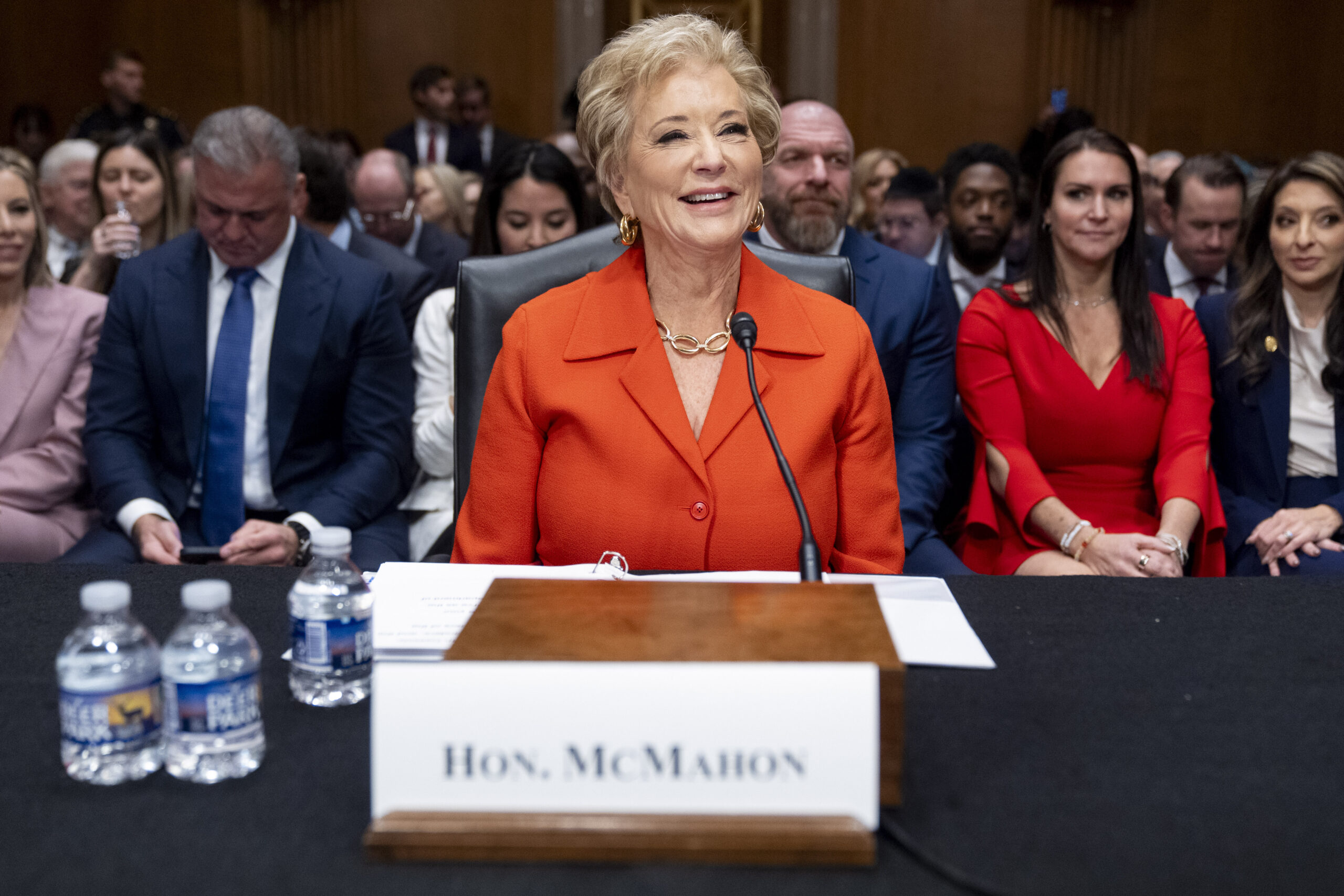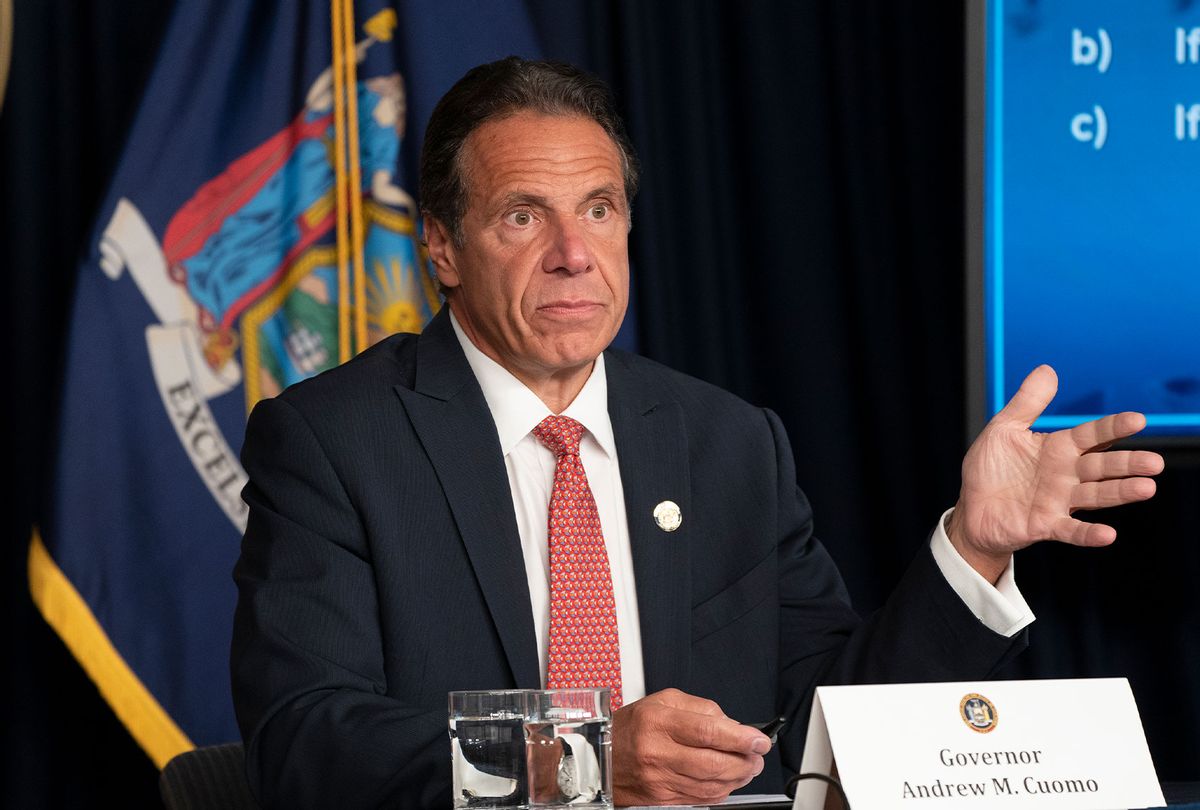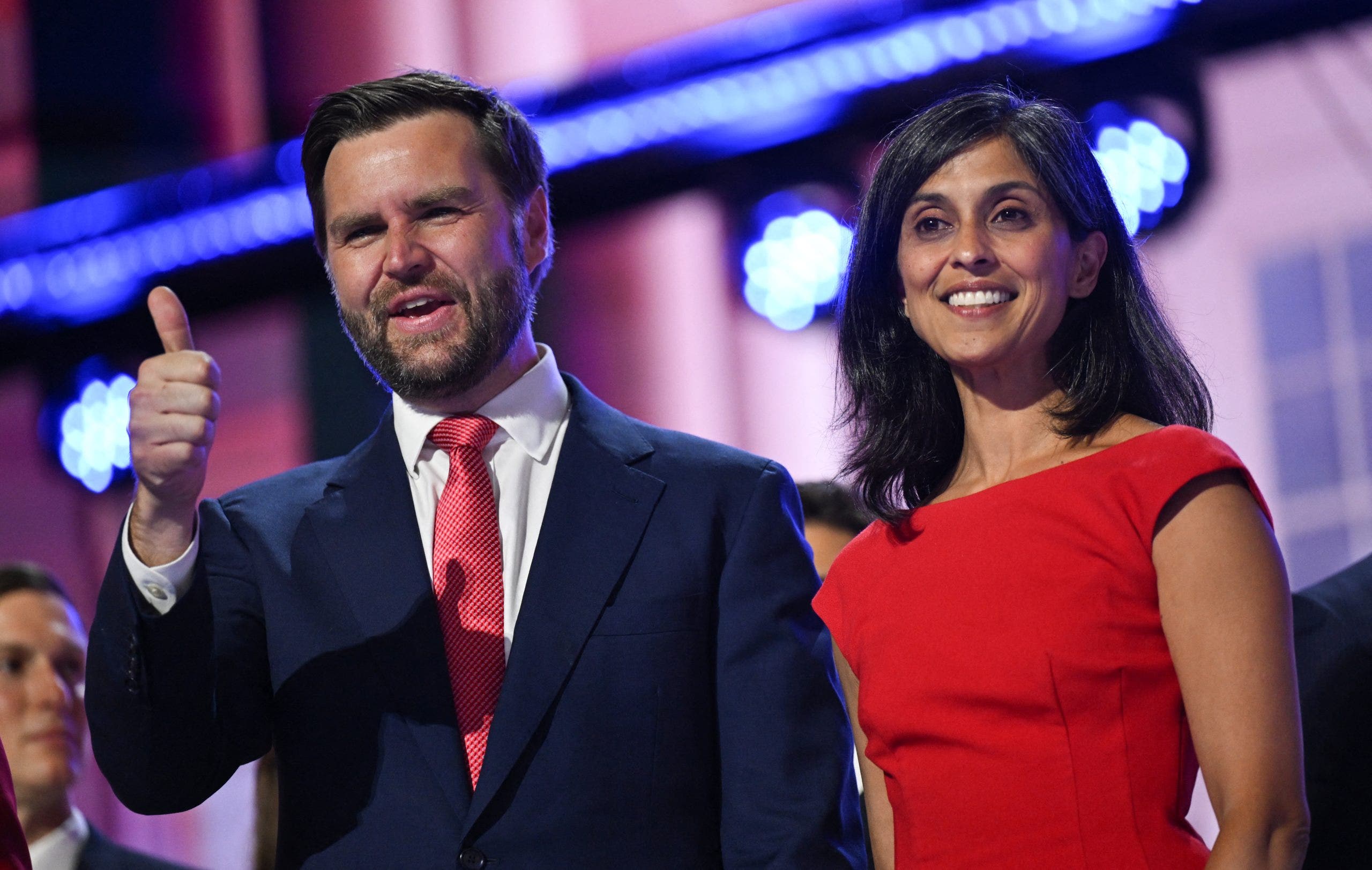The U.S. labor market showed signs of continued cooling last month but extended a two-and-a-half-year streak of job growth, the Labor Department said Friday.
U.S. employers added 209,000 jobs, seasonally adjusted, and the unemployment rate fell to 3.6 percent from 3.7 percent in May as joblessness remained near lows not seen in more than half a century.
June was the 30th consecutive month of job growth, but the gain was down from a revised 306,000 in May and was the lowest since the streak began.
Wages, as measured by average hourly earnings for workers, rose 0.4 percent from the previous month and 4.4 percent from June 2022. Those increases matched the May trend but exceeded expectations, a potential point of concern for Federal Reserve officials, who have tried to rein in wages and prices by ratcheting up interest rates.
Still, the response to the report from economists, investors and labor market analysts was generally positive. The resilience of the job market has bolstered hopes that inflation can be brought under control while the economy continues to grow.
“Twelve to 18 months ago, if you said what has to happen to get a soft landing, it would look a lot like what’s happened so far,” said Jason Draho, head of asset allocation for the Americas at UBS. “Not many people thought it was possible, including some very prominent economists. It still may not happen, but we’re on a path consistent with one.”
President Biden celebrated the report without qualification, stressing that unemployment has stayed below 4 percent for the longest stretch of months since the 1960s. “This is Bidenomics in action,” he said in a statement released by the White House.
For a year or more, worries about an impending recession have dominated discussions about the economy. Most economists expected a recession to hit the United States by now — in part because of the rapid escalation of interest rates. That increase in the cost of credit has caused shocks in the banking sector and, for a while, put a lid on the housing market.
But the dampening effect of higher rates has confronted the robust income and spending of many households and the staying power of businesses — both buttressed by emergency pandemic support from Congress and the Fed. Though families, business managers and investors alike have had to contend with the frustrating realities of inflation and economic uncertainty, growth has continued, almost defiantly.
Ellen Zentner, the chief economist at Morgan Stanley, whose firm has been an outlier by not forecasting a recession in the past year, said a recent upturn in investor sentiment could be connected to a “realization that the economy has been much more resilient to a sharp tightening in the stance of monetary policy than previously expected.”
Inflation data to be released next week is expected to show that inflation has fallen to 3.2 percent on an annual basis, from a peak of 9.1 percent last year, according to the Federal Reserve Bank of Cleveland. Some economists think it might be possible to wrestle inflation down fully without causing a big jump in unemployment. But views remain divided.
“The environment of ‘pick the data point that supports your narrative’ persists,” said Oren Klachkin, lead U.S. economist at Oxford Economics. “I still think a recession is more likely than not.”
Some analysts were concerned to see the unemployment rate for Black workers increase in June to 6 percent, after reaching a low of 4.7 percent two months earlier.
After a huge burst during 2020 and 2021, industries connected to the creation and transportation and selling of goods appear to be experiencing a pullback. Employment in retail, transportation and warehousing all fell in June. But government jobs, which have been lagging, had strong gains, along with the thriving service sector.
Prime-age labor force participation, the share of people ages 25 to 54 working or looking for a job, has jumped to its highest level since 2002. Estimates of economic growth for the first half of the year have been revised upward.
Major banks like JPMorgan Chase and Goldman Sachs are projecting that a recession this year is now unlikely. The suppressed housing market is showing signs of life. Recent data shows manufacturing construction is in a boom. Consumer spending has fallen from its heights in 2021, but many retail analysts say it may simply be realigning with prepandemic trends.
The key question, said Claudia Sahm, a former Fed economist, is whether a slowdown proves to be “a sign of ‘they’re just getting back in balance,’ and then we just keep going.”
A growing cohort of investors believes that sustained growth could plant the seeds of its own destruction, as the Fed reacts by keeping borrowing costs higher for much longer than businesses have anticipated. That could make some debt burdens unsustainable for businesses, especially those that rely on loans or lines of credit from banks or that may need to seek new funding from investors.
Corporate defaults on debt rose last month, to a level more than double the same period last year, according to Moody’s Investors Service. Some economists see that trend — ordinarily worrisome — as a sign of normalization from when bankruptcies were comparatively, unusually rare, after the rush of emergency government aid.
“A rise in defaults following a rise in rates just isn’t that surprising,” said Justin Wolfers, a professor of economics and public policy at the University of Michigan.
Walt Rowen, the third-generation owner of Susquehanna Glass, a 113-year-old glassware business in Columbia, Pa., is a microcosm of the volatility the U.S. economy has experienced since the pandemic began.
In 2019, his business was booming, with around $5 million in revenue, Mr. Rowen said. When the pandemic hit, and Susquehanna Glass did not qualify as an essential business, “we had to lay everybody off,” Mr. Rowen said. “We could never have people work remotely.”
He was able to make it through the past three years only because of two forgiven loans under the Paycheck Protection Program and a third, longer-term loan from the Small Business Administration. Now, with the pandemic fading and supply chains healing, business has stabilized — but faces new challenges.
“I was paying entry-level factory workers around $10 an hour in 2019, and now I can’t get anyone to come in for an interview unless I offer at least $13 — so my labor dollars have gone up 30 percent, and that’s not going to come back down,” Mr. Rowen said. “But glass prices have started to come back down.”
Securing stable funding for the business is a looming problem, he said, “because the interest rate hikes that the Fed put in place have raised borrowing on basic lines of credit for companies like mine by 5, 6 percent over what it was before.”
His interest payments to his bank have doubled, making him more reliant than ever on strong holiday season sales this year to pay off enough debt. Despite it all, Mr. Rowen’s outlook is only partly cloudy.
“We’ve seen all the ups and downs: My grandparents saw World War I, II and the Great Depression, and so I got Covid,” he said. “We’re making adjustments. I think the worst is over. I think were where we can survive at this point.”
But he acknowledged that others may not be as lucky.















Discussion about this post